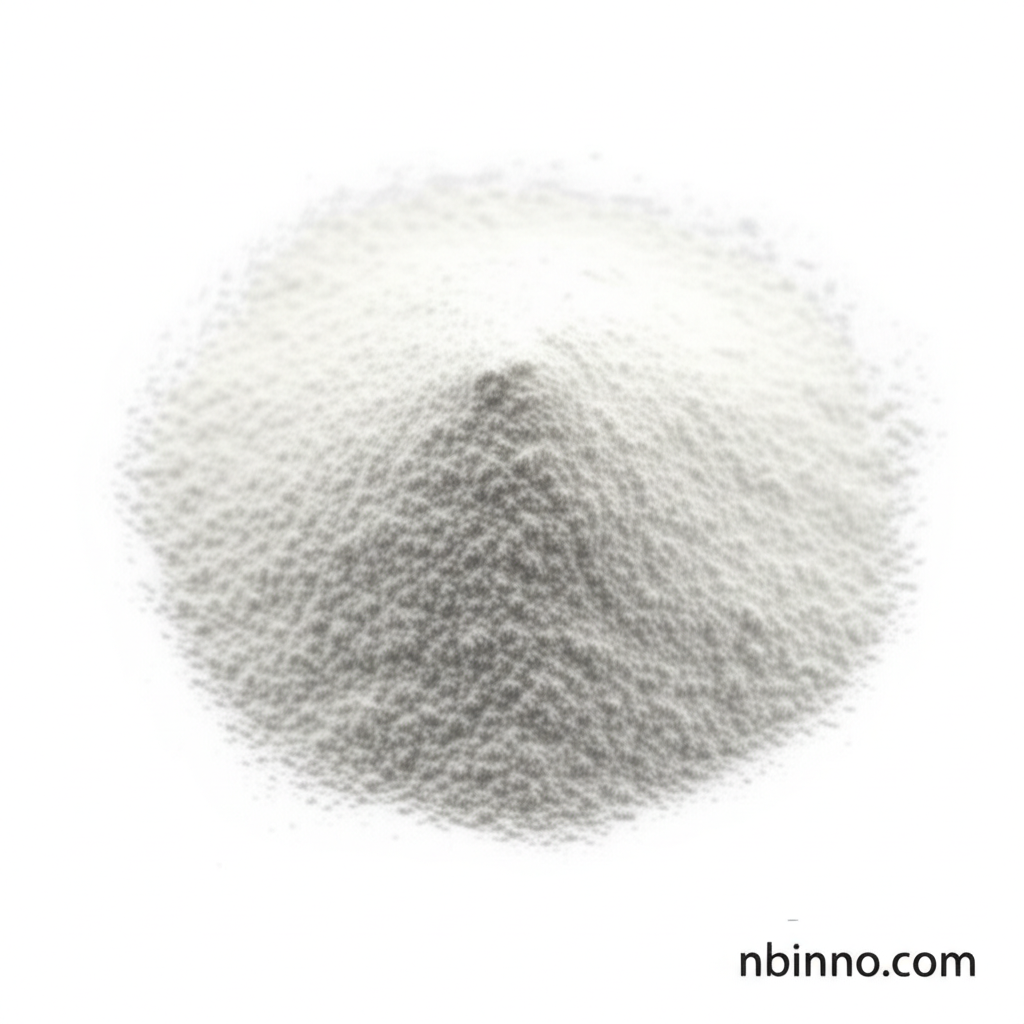3,3'-Diindolylmethane: A Comprehensive Guide to its Properties and Applications
Explore the potential of DIM, a key compound from cruciferous vegetables, in health and treatment.
Get a Quote & SampleProduct Core Value

3,3'-Diindolylmethane
3,3'-Diindolylmethane (DIM) is a potent androgen receptor (AR) antagonist, recognized for its origins in cruciferous vegetables and its significant therapeutic potential. As a primary digestive product of indole-3-carbinol (I3C), DIM has garnered considerable attention for its roles in cancer chemoprevention and treatment, largely due to its ability to modulate crucial cellular signaling pathways.
- Discover the anti-cancer properties of DIM, a vital compound derived from your favorite cruciferous vegetables, offering natural support for health.
- Understand the DIM mechanism of action, focusing on how it influences androgen receptor signaling and other critical cellular processes.
- Learn about the challenges related to DIM bioavailability and the ongoing research to enhance its effectiveness.
- Explore the extensive research on DIM therapeutic potential and its application as a natural anti-cancer agent.
Key Advantages of 3,3'-Diindolylmethane
Potent Androgen Receptor Antagonism
DIM functions as a strong and pure androgen receptor antagonist, playing a critical role in modulating hormone-dependent pathways, which is key for various therapeutic applications.
Natural Origin and Safety Profile
Sourced from cruciferous vegetables, DIM offers a natural alternative with a generally favorable safety profile when used appropriately, making it a popular choice for chemoprevention.
Modulates Cellular Signaling Pathways
DIM is recognized for its ability to influence cellular signaling pathways, contributing to its anti-tumor activity and its potential in cancer treatment strategies.
Key Applications
Androgen Receptor Antagonist
DIM's primary function as an androgen receptor antagonist makes it valuable in conditions where hormone modulation is critical, particularly in prostate health.
Cancer Chemoprevention
Leveraging its origins in cruciferous vegetables, DIM is studied for its role in preventing various cancers, acting as a natural protective agent.
Cancer Treatment Support
The complex mechanisms of DIM, including apoptosis induction and cell cycle regulation, position it as a promising agent to support cancer treatment protocols.
Hormone Metabolism Modulation
DIM influences estrogen metabolism, shifting it towards less carcinogenic pathways, thus offering a protective effect against hormone-related health issues.
